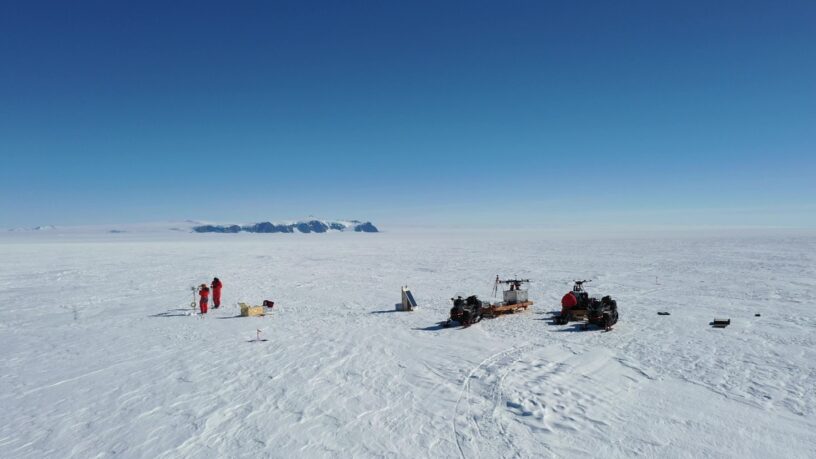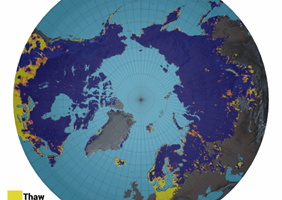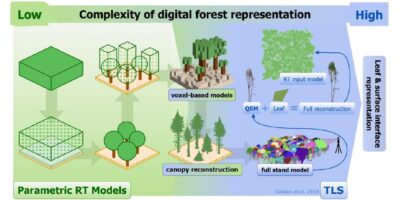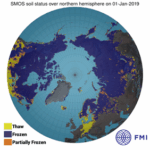The Academy of Finland LAS3R project’s field measurement campaign in Antarctica was successfully completed in February 2023, and the snow research group has returned to Finland with valuable measurement data. The LAS3R project is a collaborative effort between the Finnish Meteorological Institute (FMI) and the Finnish Geospatial Research Institute, aimed at understanding how snow surface roughness, reflectivity, and physical snow properties affect satellite observations.
Finnish Antarctic Research Program Operations (FINNARP) is responsible for the logistics and maintenance of research station Aboa in Queen Maud Land. During the three-month FINNARP 2022 expedition, researchers from the Sodankylä’s Arctic Space Centre, including Leena Leppänen, Aleksi Rimali, and Antero Kukko from the National Land Survey of Finland, carried out 24 measurement days around the Finnish Aboa station in western Queen Maud Land. These measurements were conducted weekly at ICESat and Cryosat satellite overpass locations, as well as at the nearby AWS5 weather station, enabling monitoring of seasonal variability and a comparison to satellite data and the AWS5 station data.
To measure snow albedo, the group used the Arctic Space Centre’s DJI Matrice 600 Pro drone, which included a hyperspectral camera and CM11 pyranometer. The second drone, provided by the Finnish Geospatial Research Institute, carried a LiDAR sensor that collected data on snow surface roughness. Additionally, an automated albedometer was used at ground level, and in-situ snow measurements were collected around the measurement area, including information about snow density and grain properties.
The team is currently focused on processing all the data and plans to move on to the analysis phase as soon as all the satellite data is available for comparison. This research will provide valuable insights into the role of snow surface properties in satellite observations, ultimately improving our understanding of the Earth’s climate system.
More information
Leena Leppänen, Research scientist, leena.leppanen@fmi.fi








Leave a Reply
You must be logged in to post a comment.